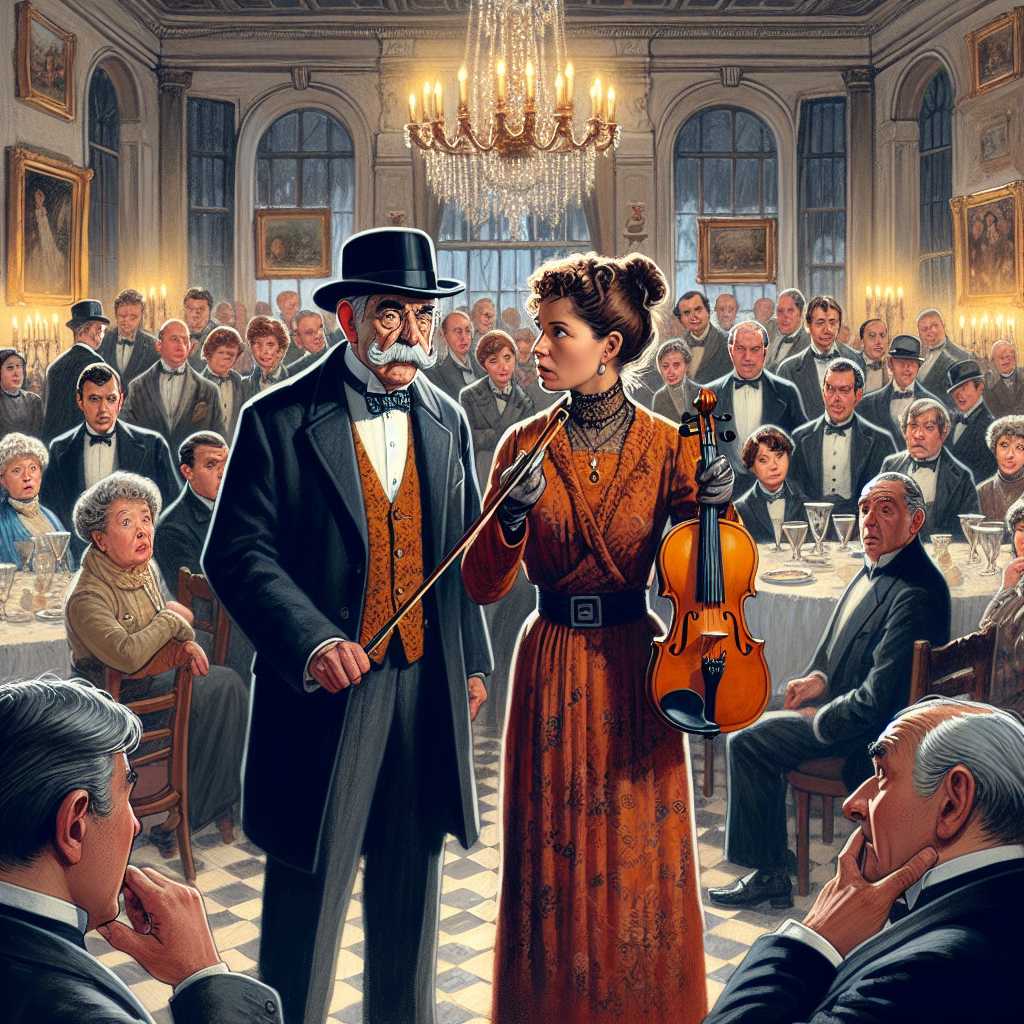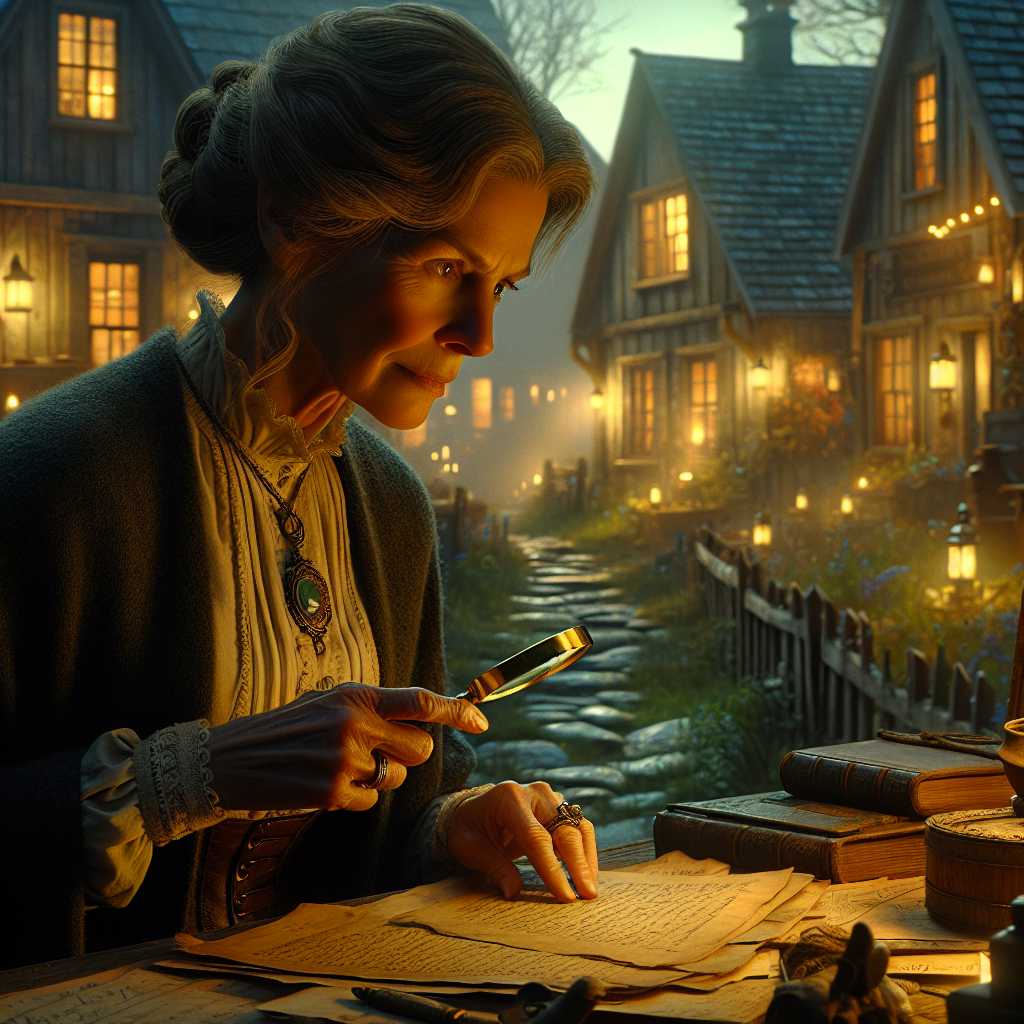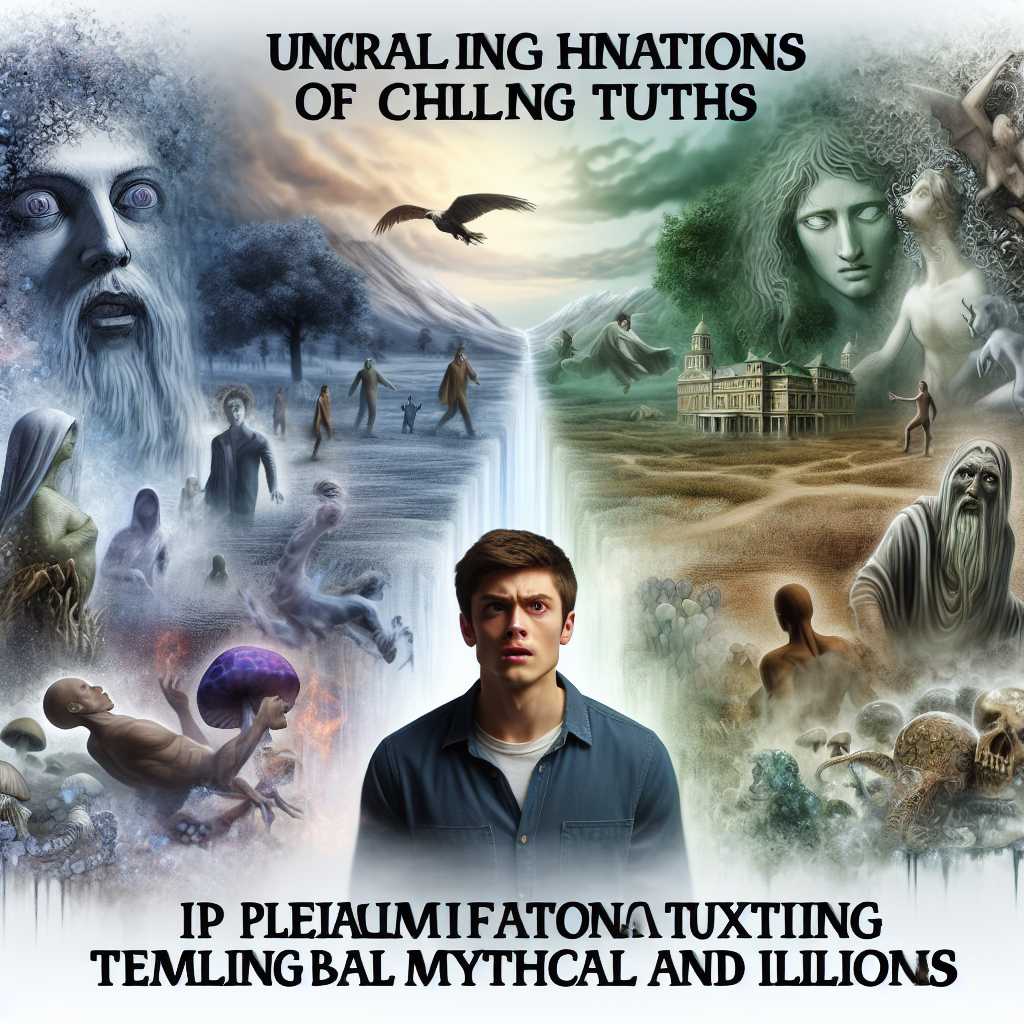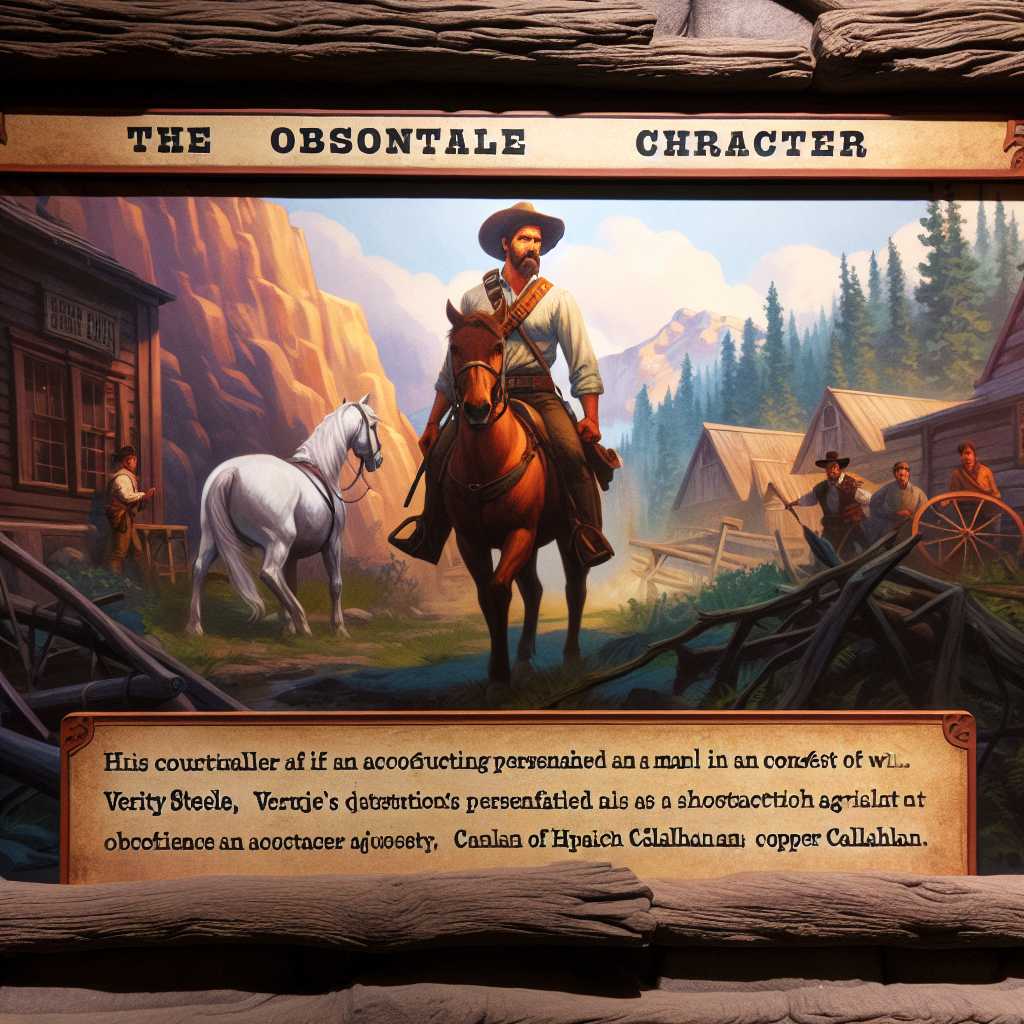
On a misty evening in late autumn, the bustling streets of London were shrouded in an eerie quietness. It was one of those evenings when the fog clung to the cobblestones, and every streetlamp only added to the shadows dancing around. At the heart of this knitted net of mystery was the Phantom House, an enigmatic mansion known for its secrets and its endless array of curious visitors.
Phantom House was the residence of Sir Charles Langley, a distinguished yet peculiar character whose brilliance on the violin was matched only by the stories of his unusual behavior. His mansion, known for gatherings of the most exclusive kind, was filled with an air of intrigue. On this particular night, a crowd had gathered for one of his infamous soirées—a night that promised revelry, music, and as it would turn out, an unforeseen mystery.
The evening began with the dulcet tones of Sir Charles's violin ringing through the drawing-room. Music flowed smoothly from the strings, enchanting everyone present. However, midway through a particularly soulful melody, the music all at once ceased. The last note was abruptly swallowed by silence, like a river vanishing into the ground.
The guests, puzzled and concerned, looked around to find the source of this sudden absence. There, on his usual stage, was Sir Charles, standing stock-still. His face was locked in a mixture of confusion and disbelief. The violin—the prized Stradivarius, both his partner and muse—was gone.
“Ladies and gentlemen,” Sir Charles addressed the concerned assembly, “it appears we have an uninvited guest—a thief among us.”
Whispers rushed through the crowd like a gust of wind, as Sir Charles desperately looked toward his trusted friend, Detective Bernard Marlowe from Scotland Yard. Marlowe, a man of medium build with a sharp eye and even sharper instincts, wasn’t there by chance; he was a perfect fit for this tangled web of intrigue.
“Everyone, please remain calm,” said Marlowe, his voice cutting through the growing chaos. “No one is leaving this house until we have some answers.”
The guests nodded in reluctant agreement. Marlowe swiftly moved behind the curtains of the stage, closely examining the surroundings. The room was dense with the scent of fine cigars and rosewood from the violin cases, yet the mystery had left its own subtle mark. A faint, almost undetectable fragrance lingered—a perfume, unrecognizable but familiar.
His eyes fell on an open window, a feature he'd overlooked at first. Marlowe walked briskly towards it, only to find it secured. Oddly, the window seemed unperturbed, implying that no one had entered or exited through it.
Back in the heart of the drawing-room, Marlowe began questioning the guests. When he reached Lady Beatrice Hartley, a renowned opera singer and a figure often seen at such gatherings, she offered a curious piece of the puzzle.
“Detective, I caught sight of a shadow just as Sir Charles lifted his bow for the last segment,” she explained. “It moved quickly, almost like a fleeting mist across the moon. But here’s the peculiar part—it vanished into the darkness without a trace.”
Her words stayed with Marlowe as he continued his meticulous questioning. Although each guest defended their innocence, Marlowe knew that stories woven with deceit are often cloaked in half-truths. With each account, he realized they all bore witness to one odd detail—none could recall when exactly the violin had vanished.
Several hours passed, and frustration began to seep in as the guests restlessly exchanged looks. Each man and woman suspected the other, yet none noticed the intensity in the detective’s eyes—a sure sign that he was closing in on revelation.
Finally, Marlowe stood before the assembly once more. The fog of confusion that pervaded the room only moments before had lifted; clarity was dawning in his mind.
“The violin has not left this house,” Marlowe declared, his voice calm yet commanding attention. “The moment we were all waiting for the next note, the thief took advantage of our distraction. And the guilty party is among us, still.”
At that, a few guests shifted uncomfortably. Marlowe’s gaze fell upon the violin case, securely fastened and seemingly untouched next to a velvet draped chaise. With a sudden intensity, he approached it, feeling the eyes of the assembly watching his every move.
There he paused, letting suspense build, before swiftly unlatching the case. Inside, in its rightful place, lay not the void of absence but the famed Stradivarius, glinting defiantly in the low light.
A collective gasp rose, mingled with relief and bewilderment. Sir Charles approached Marlowe, eyes wide with a mix of shock and delight.
“But, how?” Sir Charles stammered.
Marlowe turned with a knowing smile. “An illusion, dear Sir—a masterstroke deception!” He gestured towards Harold Finn, Sir Charles’s apprentice and himself a musician with ambition to match any. “A sleight of hand worthy of an artist. Young Harold here sought to teach us all a lesson in perception, hiding in plain sight, knowing the illusion would unravel the moment curiosity granted us sight of the truth.”
Harold, realizing his charade had been uncovered, stepped forward with a look of contrition.
“It was an act to demonstrate the beauty of a note unsung, Sir,” Harold admitted. “Yet, it seems this night the detective is the true maestro.”
And so, as laughter replaced tension and the music resumed, Detective Marlowe remained a silent spectator, appreciative of the intricate dance between deception and truth—a symphony writ in mystery and resolve.










